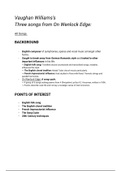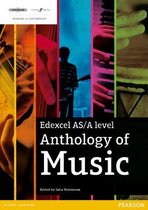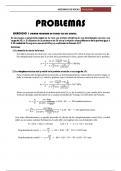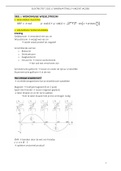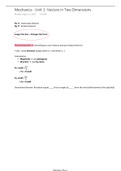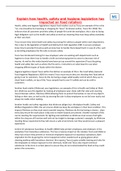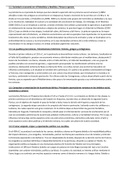Study guide
Vaughan Williams
- Grado
- Institución
- Book
Includes a detailed summary of the information needed for A2 exam. Background, Key points of interest, Structure, Melody, Tonality, Harmony, Texture, Sonority, Rhythm & Metre. (FYI Secured B Grade with these notes)
[Mostrar más]
